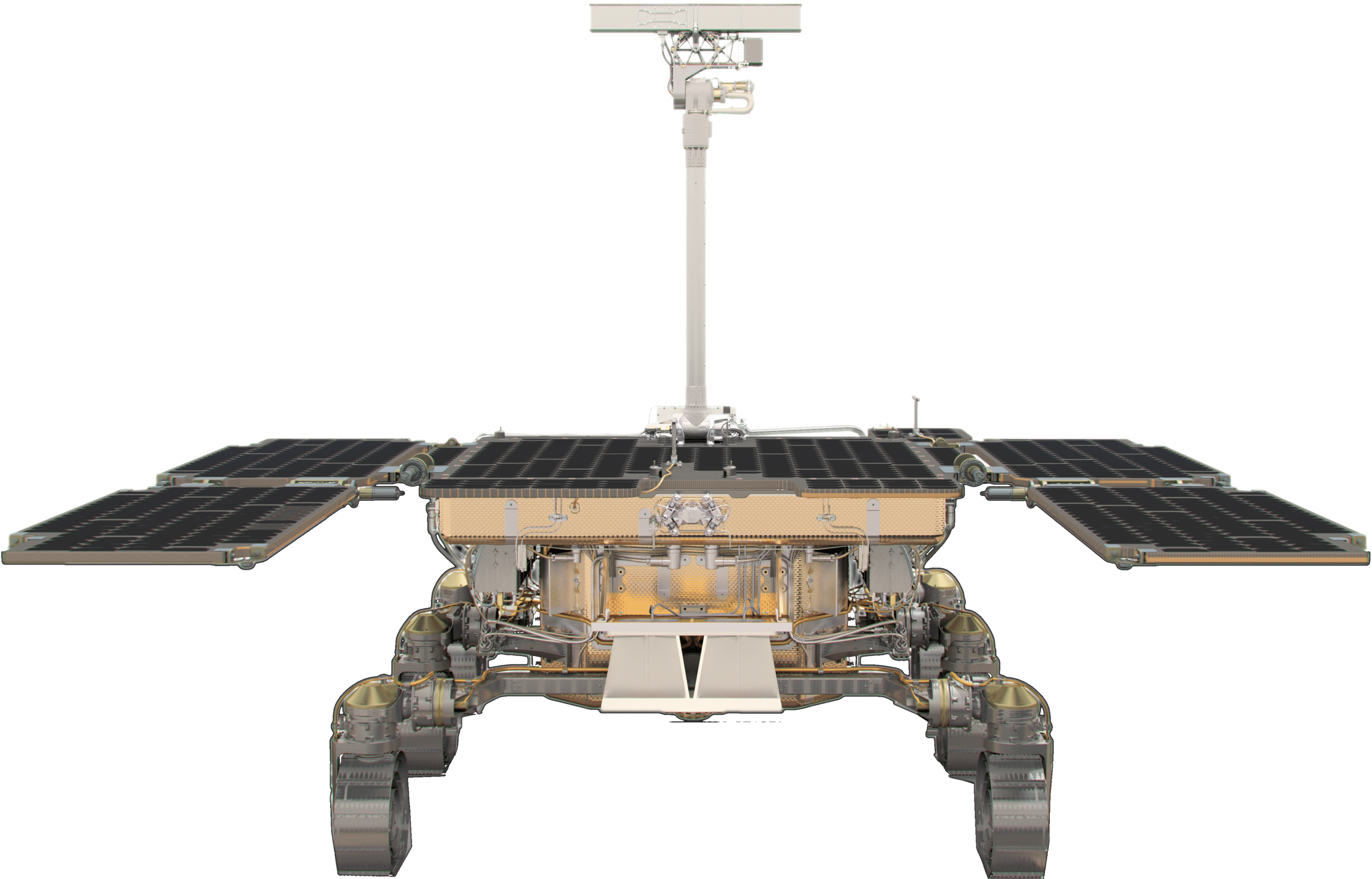History and Development
The first talk about deploying 4G networks using it technology started around 2004. During this time, the 3G networks had picked up pace worldwide but were suffering from limitations like limited bandwidth and higher latency. To address these issues, the 3rd Generation Partnership Project (3GPP) started work on developing a new wireless standard called Long Term Evolution LTE The goal was to create a high-speed wireless data technology that could fulfill international demand for mobile broadband and provide better coverage and capacity than existing 3G networks.
After years of extensive research and development, the 3GPP formally released the first version of the its standard in December 2008. Since then, it has gone through several enhancements through successive releases. It Release 8 provided data speeds of up to 100 Mbps for downlink and 50 Mbps for uplink. Release 9 introduced carrier aggregation to achieve even higher speeds. Release 10 brought improvements in bandwidth utilization, spectral efficiency, mobility, and carrier aggregation. The latest LTE-Advanced Pro release supports speeds as high as 20 Gbps.
Architecture and Key Technologies
The network architecture is flat compared to the 3G architecture, providing a simpler design with better performance. Unlike the circuit-switched structure of 3G, it uses an all-IP packet-switched architecture to provide seamless connectivity between access networks. Some key technologies that power it networks include:
– Orthogonal Frequency Division Multiple Access (OFDMA): A digital multi-carrier modulation scheme that allows high spectral efficiency. OFDMA is used for downlink transmissions in LTE.
– Single Carrier Frequency Division Multiple Access (SC-FDMA): Atransmission technique optimized for the uplink that consumes less battery power on mobile devices compared to OFDMA.
– Multiple Input Multiple Output (MIMO): A technology that uses multiple antennas at both the transmitter and receiver to either improve coverage or increase data speeds. MIMO is a key factor behind the high speeds delivered by LTE.
– Adaptive Modulation and Coding (AMC): A technique to dynamically vary the modulation scheme and error correction coding based on radio conditions to maximize spectral efficiency.
– Heterogeneous Network (HetNet): A network architecture consisting of overlapping small cells and macrocells to improve coverage and capacity in busy areas.
Performance Benefits
Some of the major performance enhancements delivered by it compared to 3G technologies include:
– Increased Data Speeds: It can provide peak download speeds of up to 1 Gbps in ideal conditions and around 100 Mbps on average. This is a massive improvement over 3G speeds.
– Reduced Latency: It has an end-to-end latency of around 10 ms, much lower than 3G networks that had latencies of around 100-300 ms. This makes applications like streaming, gaming, and calls much smoother over it.
– Increased Spectral Efficiency: Technologies like OFDMA and AMC allow it to utilize spectrum much more efficiently than 3G, resulting in vastly increased overall network capacity.
– Mobility Support: It provides seamless mobility with very minimal interruption while users are on the move across different base stations, even during active data sessions. VoLTE calls also stay active during handovers.
– Enhanced Consistency: Throughputs are much more consistent across a given coverage area on it compared to 3G networks, resulting in a better overall quality of experience for end users.
Evolution of It- Towards 5G
While it continues to evolve commercially, research is underway on the next major wireless standard 5G. 5G networks are intended deliver peak speeds of up to 10 Gbps, end-to-end latency of less than 1 ms, massive connectivity of up to 1 million devices per square kilometer, and network slicing capabilities. 5G aims to empower new applications and use-cases beyond traditional mobile broadband like ultra-reliable low-latency communications, machine-to-machine communications, broadband access anywhere, and more.
The first 5G networks began rolling out commercially in late 2018. Many advanced technologies like massive MIMO, millimeter wave communications, and network function virtualization are direct predecessors to 5G. As 5G infrastructures expand globally, LTE will continue operating alongside and complement 5G networks for the foreseeable future by handling basic coverage and capacity needs. Overall, it laid the foundation for the wireless technologies that will power our hyper-connected future.
*Note:
1. Source: Coherent Market Insights, Public sources, Desk research
2. We have leveraged AI tools to mine information and compile it.



